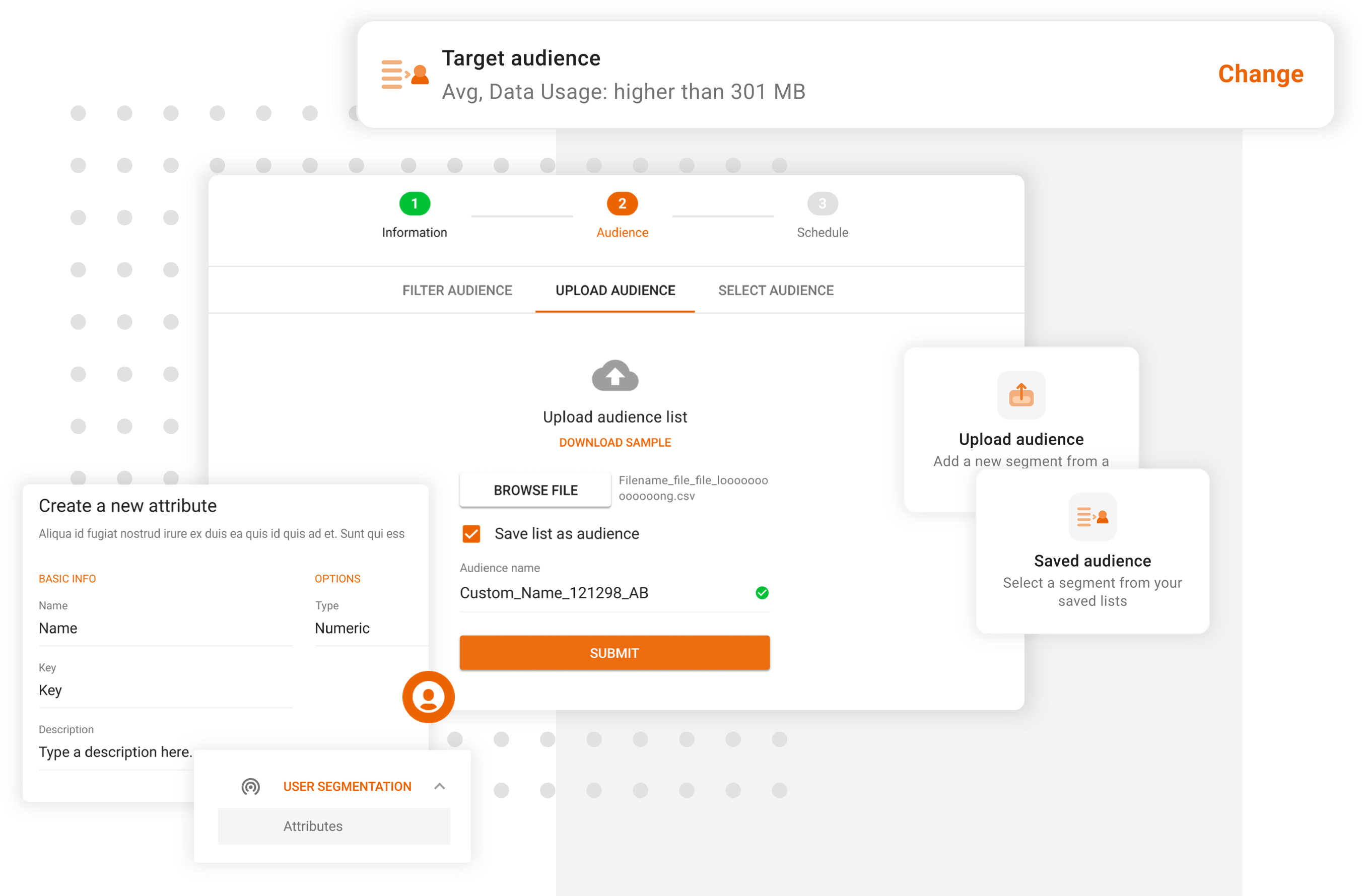Usability in martech: Making a marketer’s life easier
- Thursday, November 9th, 2023
- Share this article:
On World Usability Day ,Katerina Matthaiou, Head of Product and Growth at Upstream, discusses seven components that make a martech platform’s User Experience stand out.
 The slogan of November 9th, World Usability Day, is “make life easy”. And when we talk about easy things in life, we are talking about those that don’t require time, thinking and effort. One of the holy grails for usability experts across the world is Steve Krug’s book, “Don’t Make Me Think”. And therein lies the essence for most successful products. They shouldn’t make their users think. Everything should be familiar and ignite the product’s purpose to be realized in a natural way.
The slogan of November 9th, World Usability Day, is “make life easy”. And when we talk about easy things in life, we are talking about those that don’t require time, thinking and effort. One of the holy grails for usability experts across the world is Steve Krug’s book, “Don’t Make Me Think”. And therein lies the essence for most successful products. They shouldn’t make their users think. Everything should be familiar and ignite the product’s purpose to be realized in a natural way.
When it comes to martech platforms it is all the same. Marketers want to use technology that won’t only make their campaigns’ performance better, but will also make their jobs easier. So, what are those components a martech platform ought to have, to realize this?
1. Familiarity and Ease of Learning: The ideal martech platform is one that users can dive into without the need for a steep learning curve. Universally recognized actions like drag and drop make the onboarding process smoother, allowing users to quickly familiarize themselves with the platform’s capabilities.
2. Automation: Digital marketers might need to run tens or hundreds of different campaigns at the same time. Even when it comes to one campaign, they might need to cater to multiple audiences and use different content and channels according to customers’ behavior. In such a busy environment, automation is not a luxury but a necessity. Marketing teams simply can’t afford the time and mental workload required to set up every campaign manually. Implementing automated triggered communications eases the burden and significantly boosts productivity.
3. Implementation and Integration: In the business world time is money. Prolonged setup and integration processes are red flags for clients. A user-friendly platform should prioritize ease of implementation and seamless integration with existing systems, ensuring a swift transition for marketing teams.

4. Unified User Interface: If a martech platform specializes in multichannel marketing, then the central idea should be “one UI to rule all the channels”. Simplicity is key. Users don’t want to get lost in the shuffle. A single, cohesive user interface to manage various marketing channels streamlines workflow and enhances productivity. It also facilitates maintaining brand and messaging consistency across the different channels.
5. Responsive Customer Support: Even with a user-friendly platform, problems may arise. Platform users don’t want to spend time thinking of solutions themselves. Here’s where responsive and effective customer support comes into play. This is a pain point for many of the digital industry’s giants, as quite often users report late and ineffective customer service. Therefore, having a dedicated support team ready to resolve issues and even provide training, when needed, is a crucial differentiator in a competitive SaaS market.
6. Streamlining the Virtuous Cycle of User-Centered Design: The virtuous cycle of user-centered design requires a continuous loop of designing and gathering feedback from the audience. In practice, many brands neglect this due to the time and effort getting and analyzing feedback requires. Methods like automated split testing can expedite the process, enabling marketers to make data-driven decisions and deploy the designs and messaging that work best with the end users in terms of performance.
7. Audience Management: What is a good user experience for one person, may be a bad user experience for another. Recognizing that user experiences can vary widely, martech platforms must offer robust audience management capabilities. This allows marketers to tailor their campaigns and content to different segments, ensuring a personalized experience for a diverse audience.

Everyone wants to think as little as possible during their everyday activities. Professionals in digital and performance marketing are no different. By focusing on intuitive design, automation, ease of implementation, responsive support, and a user-centered approach, martech platforms can deliver a superior user experience and drive success for marketers and their campaigns. We have seen this in practice with our own martech platform, Grow, deployed by mobile operators, eCommerce brands and advertisers in some of the world’s most rapidly growing markets, like Brazil and South Africa.















